How Do Wood Stove Fans Work?
- May 10, 2024
- 0 comment
Wood stove fans are ingenious devices that enhance the efficiency of wood stoves by distributing warm air throughout the room more effectively. But how exactly do these fans operate without any external power source like batteries or electricity? The answer lies in the clever use of thermoelectric technology. Let’s dive into the mechanics of wood stove fans and explore how they utilize this technology to operate.
Understanding the Thermoelectric Effect
At the heart of a wood stove fan is a component known as a Peltier cell. This cell is composed of two ceramic wafers with numerous N-type and P-type semiconductors sandwiched between them. The Peltier effect, named after French physicist Jean Charles Athanase Peltier, is a critical phenomenon here. It occurs when an electric current is passed through the cell, causing one side to heat up and the other to cool down. If the direction of the current is reversed, the sides switch their thermal states—what was hot becomes cold and vice versa.

The Seebeck Effect: Generating Power from Heat
However, the operation of wood stove fans primarily relies on the reverse of the Peltier effect, known as the Seebeck effect. Discovered by German physicist Thomas Johann Seebeck, this effect occurs when a temperature difference between the two sides of the Peltier cell generates an electric current. In the context of wood stove fans, no external electric current is applied; instead, the heat from the stove itself provides the necessary temperature gradient.
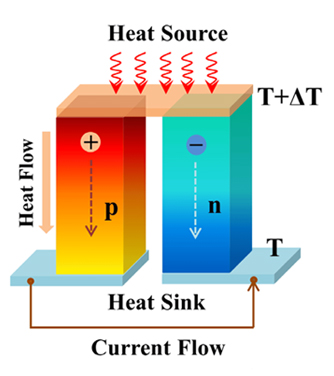
How Wood Stove Fans Use the Seebeck Effect
Here’s the step-by-step process of how a wood stove fan works:
- Placement and Heat Source: The fan is placed on top of a running wood stove, where one side of the Peltier cell within the fan’s base is exposed to high temperatures while the other side remains relatively cooler.
- Generating Thermoelectric Power: As the stove heats up, the base of the fan, which houses the Peltier cell, heats up on one side. This temperature difference between the two sides of the cell generates a small electric current through the Seebeck effect.
- Activating the Fan: This generated electricity is then used to power a small motor within the fan, which turns the blades.
- Air Circulation: As the blades rotate, they circulate warm air from the stove throughout the room. This circulation not only makes the room warmer faster but also more uniformly.
- Optimal Placement: For maximum efficiency, the positioning of the fan is crucial. It should be placed in a way that it can draw cooler air from behind, which is necessary for creating the optimal temperature gradient across the Peltier cell. If the fan is placed too far forward on the stove, it might not operate effectively as it cannot draw sufficient cooler air.
Choosing the Right Wood Stove Fan: Our Top Picks
Ecofan AirMax 812
The Ecofan AirMax 812 is renowned for its efficiency, featuring large blades capable of moving up to 175 cubic feet of air per minute (CFM). Designed to operate at higher temperatures, this fan excels with larger wood stoves located in spacious rooms. Priced between $100-$140, it offers substantial performance for its cost, making it an excellent choice for those needing to distribute heat over large areas effectively.
VODA 4-Blade Fan
Ideal for budget-conscious buyers, the VODA 4-Blade Fan stands out due to its unique four-blade design that moves more air at lower temperatures and operates quietly. This feature makes it less intrusive compared to other models. With a price range of $40-$50, it provides effective heat distribution in small to medium-sized rooms without straining your wallet.
CWLAKON Heat Powered Stove Fan
The CWLAKON Heat Powered Stove Fan is noted for its sturdy construction and safety features. It includes a heat safety system that elevates the base to protect the motor if the surface temperature becomes too hot. Available for around $50-$70, this fan is a solid investment for those seeking a durable fan that can accommodate any room size and offers additional safety benefits.
Tomersun 3-Blade Heat Powered Stove Fan
The compact Tomersun 3-Blade Heat Powered Stove Fan features a unique three-blade design that is efficient in circulating air, especially at lower temperatures. This makes it particularly suitable for use with pellet stoves or less intense fires. Priced affordably at approximately $30-$45, it’s an attractive option for those with smaller spaces or stoves that do not reach extremely high temperatures.
GALAFIRE Eco Heat Powered Wood Stove Fan
Featuring a built-in thermometer to monitor stove temperatures, the GALAFIRE Eco Heat Powered Wood Stove Fan helps maintain optimal performance by preventing the fan from overheating. Priced between $50-$70, it allows for precise control over the stove’s operating temperature and fan speed, ensuring maximum efficiency and safety. This fan is ideal for anyone who wants to keep a close eye on their stove’s performance and ensure effective heat distribution throughout the room.
Maintenance Tips Wood Stove Fan
Maintaining your wood stove fan is essential to ensure it continues to operate efficiently and lasts through many heating seasons. Here are some practical maintenance tips to help you take good care of your wood stove fan:
- Regular Cleaning: Dust and debris can accumulate on the fan blades and in the motor, potentially affecting performance. Regularly wipe the surface of your fan with a soft, dry cloth. Avoid using water or cleaning solutions, as moisture can damage the motor and other components.
- Check for Obstructions: Before each use, make sure there are no obstructions in or around the fan blades. Obstructions can cause the fan to work harder, which might lead to quicker wear or even damage. Keep the area around the fan clear.
- Lubricate the Motor (if applicable): Some wood stove fans have sealed bearings that don’t require lubrication, but if yours does, apply a small amount of high-temperature lubricant to the motor bearings annually. This will help keep the fan running smoothly and quietly.
- Inspect for Wear and Tear: Periodically inspect your fan for signs of wear, such as loose blades or a wobbly base. Tighten any loose screws and make sure the fan sits securely on the stove. Check the integrity of the Peltier module and replace it if it shows signs of damage or excessive wear.
- Avoid Overheating: Most wood stove fans are designed to withstand certain temperatures. Avoid placing your fan on a stove that is too hot for the model’s specifications, as excessive heat can permanently damage the fan’s thermoelectric components.
- Positioning: Always place the fan on a smooth, flat area of the stove top. This ensures optimal heat distribution and prevents the fan from tilting or falling, which could lead to damage.
- Storage: When not in use, especially over the warmer months, store your wood stove fan in a cool, dry place. Cover it to keep dust away and ensure it is placed where it won’t get knocked over or buried under heavy items.
- Monitor Performance: Keep an eye on the efficiency of your fan. If you notice it’s not pushing as much air as usual, it might be time for a deeper cleaning or to check for parts that need repair or replacement.
Why Use a Wood Stove Fan?
The use of a wood stove fan is beneficial because it enhances the heating efficiency of your stove. By circulating the warm air that would otherwise rise and accumulate near the ceiling, these fans distribute the heat more evenly around the room, reducing hot and cold spots and increasing the comfort level within the space.
Wood stove fans are a simple yet effective solution for maximizing the efficiency of wood stoves. By harnessing the power of heat differences through the Seebeck effect, these fans operate without any additional power source, making them not only eco-friendly but also cost-effective. Whether you’re cozying up in a rustic cabin or simply looking to improve heat distribution in your home, a wood stove fan is a practical addition to your wood-burning setup.
FAQs
- How does a wood stove fan start automatically?
Wood stove fans use the heat from the stove itself to start automatically. They rely on a thermoelectric phenomenon called the Seebeck effect, where a temperature difference between two sides of a device generates electricity, powering the fan without any manual start-up. - Can a wood stove fan be used on any type of wood stove?
Yes, wood stove fans are generally compatible with all types of wood stoves as long as there is a flat space on top of the stove to place the fan and the stove reaches adequate temperatures to activate the fan’s thermoelectric module. - What is the optimal temperature for a wood stove fan to operate?
Wood stove fans typically start operating at around 50°C (122°F) and work most efficiently at temperatures between 80°C (176°F) and 250°C (482°F). Operating a fan at temperatures higher than what is recommended can damage the fan’s components. - How do I know if my wood stove fan is placed correctly for maximum efficiency?
For optimal performance, place the fan at the rear of the stove top, allowing it to draw in cooler air from behind. The fan should not be positioned at the front of the stove or directly beside the stovepipe where excessive heat can cause damage. - Is it normal for a wood stove fan to move slowly or stop as the fire dies down?
Yes, it is normal. Wood stove fans speed up and slow down based on the temperature of the stove. As the temperature drops, the fan will naturally slow down and eventually stop as there isn’t enough heat to generate the electricity needed to keep it running. - Can I use a wood stove fan to help distribute heat from a pellet or gas stove?
Yes, wood stove fans can also be used on pellet and gas stoves, provided these stoves have a flat top and reach sufficient temperatures to activate the fan. However, always check the manufacturer’s guidelines to ensure compatibility. - How do I clean my wood stove fan?
To clean your fan, first ensure it is completely cool. Wipe the blades and body with a dry, soft cloth. Do not use water or cleaning solutions as they can damage the internal components of the fan. - What should I do if my wood stove fan stops working?
First, check if the stove is hot enough and the fan is correctly positioned. If it still doesn’t work, look for signs of damage or obstructions. For issues related to the internal mechanisms, consulting the manufacturer or a professional repair service is recommended.
Have you tried using a wood stove fan, or do you have questions about how they work? Share your experiences and thoughts in the comments below. Your insights can help others make informed decisions and learn more about these ingenious devices. Let’s keep the conversation going!

David Murray
Forestry AuthorI'm David Murry, a forestry equipment specialist with a focus on chainsaw operation. With over 13 years of experience, I've honed my skills in operating and maintaining a wide range of machinery, from chainsaws to log splitters. My passion for the outdoors and commitment to sustainable forestry drive my work, which emphasizes safety, efficiency, and staying updated with industry advancements. Additionally, I'm dedicated to sharing my expertise and promoting environmental awareness within the forestry community.

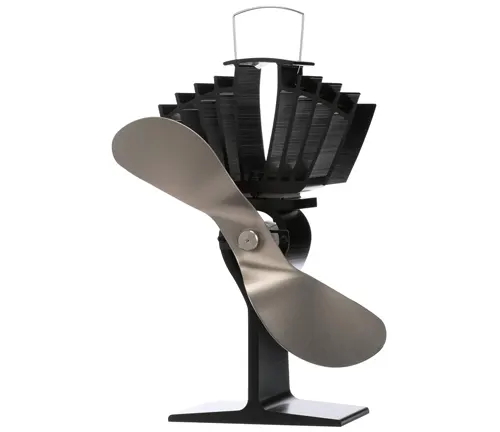
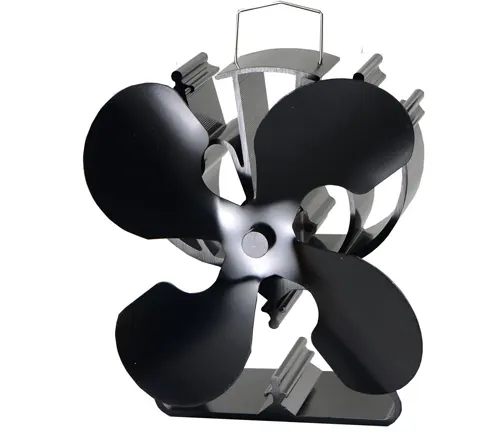
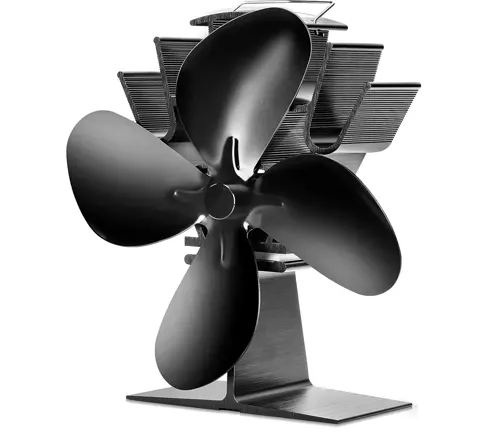
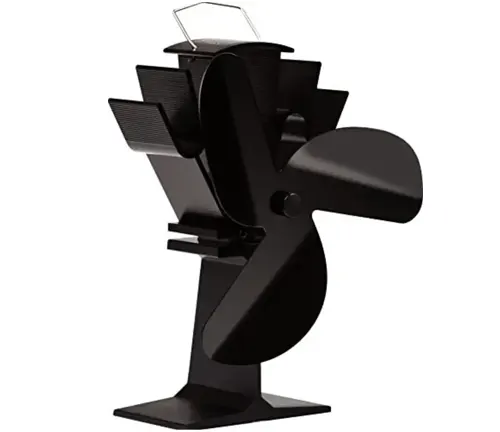
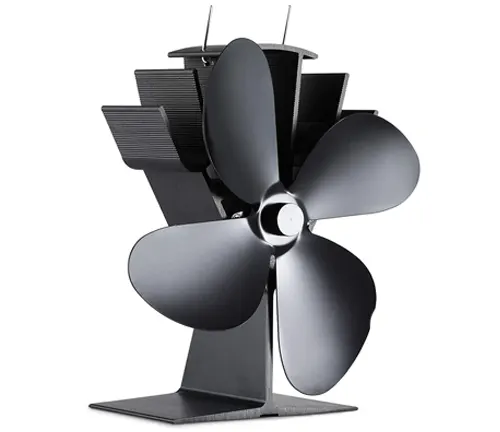












Leave your comment